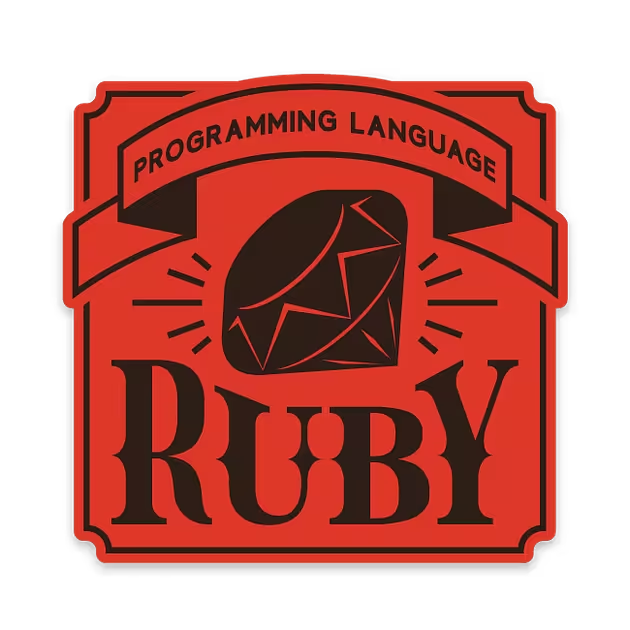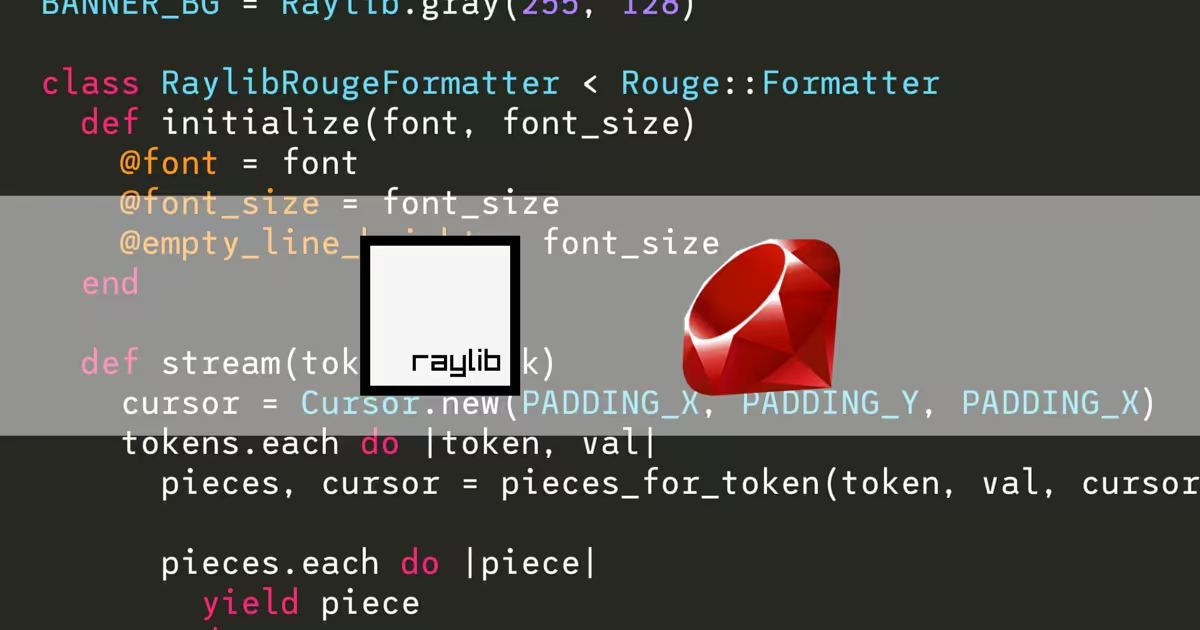Blogs

Scaling Ruby Apps to 1000 Requests per Minute - A Beginner's Guide
Scaling is an intimidating topic. Most blog posts and internet resources around scaling Ruby apps are about scaling Ruby to tens of thousands of requests per minute. That’s Twitter and Shopify scale. These are interesting - it’s good to know the c...





A reliable way to generate PDF of any complexity in Ruby on Rails apps
RailsPDFCreate PDF documents in Rails your app from HTML, CSS and JS.Features:Basically, you can create any HTML/CSS/JS/Images page and save into PDFGenerate PDF on the fly or save to diskWith header, footer, page numbers, layout supportHas few st...

feature flipping for ruby (performant and simple)
Feature flipping is the act of enabling or disabling features or parts of your application, ideally without re-deploying or changing anything in your code base.The goal of this gem is to make turning features on or off so easy that everyone does i...

Refactoring With Design Patterns - the State Pattern
In this series of code refactoring posts we are discussing how design patterns can be used to make our Ruby code beautiful, maintainable and clean.Today I want to talk about a pattern that can be very useful when we need to control the flow of a s...

Microbenchmarks vs Macrobenchmarks (i.e. What's a Microbenchmark?)
I’ve mentioned a few times recently that something is a “microbenchmark.” What does that mean? Is it good or bad?Let’s talk about that. Along the way, we’ll talk about benchmarks that are not microbenchmarks and how to pick a scale/size for a spec...

Creating Raspberry Pi applications with Raylib and Ruby
I’ve been using the excellent Raylib to create a GUI application for my Raspberry Pi. As I explained in my last post, Raylib allows rapid development of GUI applications targeting the Linux framebuffer, meaning I don’t have to run a full desktop e...


